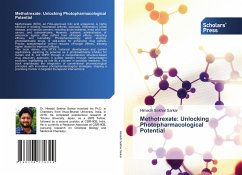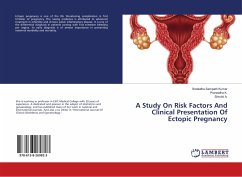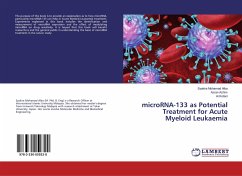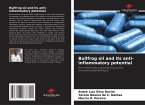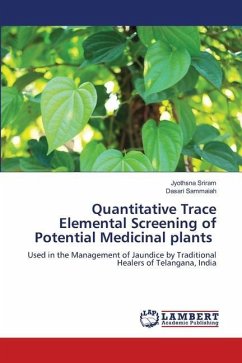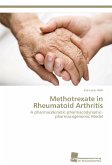Methotrexate (MTX), an FDA-approved folic acid antagonist, is highly effective in treating rheumatoid arthritis, psoriasis, inflammatory bowel disease, and various cancers, including acute leukemia, head and neck cancer, and osteosarcoma. However, systemic administration of anticancer agents often suffers from off-target effects, impacting efficacy and tolerability. Photopharmacology, which employs photoswitchable drugs, is well-suited for enhancing drug activity. Precise spatiotemporal control reduces off-target effects, allowing higher doses for improved efficacy.This book delves into MTX's historical development and current applications, exploring its potential as a photoswitchable inhibitor for human and E. coli DHFR through a comprehensive structure-based drug discovery approach. It guides readers through methotrexate's evolution, highlighting its role as a pioneer in precision medicine. The book emphasizes the integration of conventional pharmacological principles with innovative photopharmacological strategies, shaping a promising frontier in targeted therapeutic interventions.
Bitte wählen Sie Ihr Anliegen aus.
Rechnungen
Retourenschein anfordern
Bestellstatus
Storno

